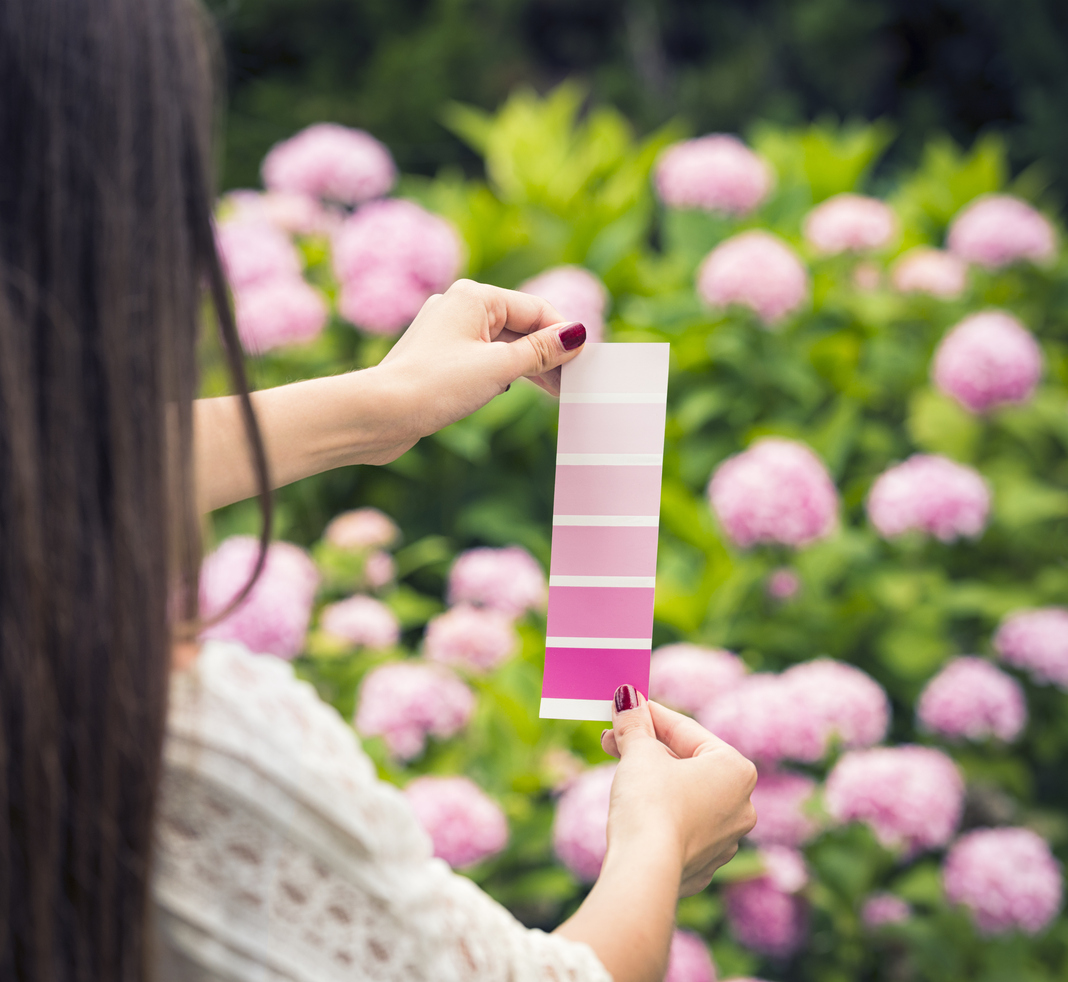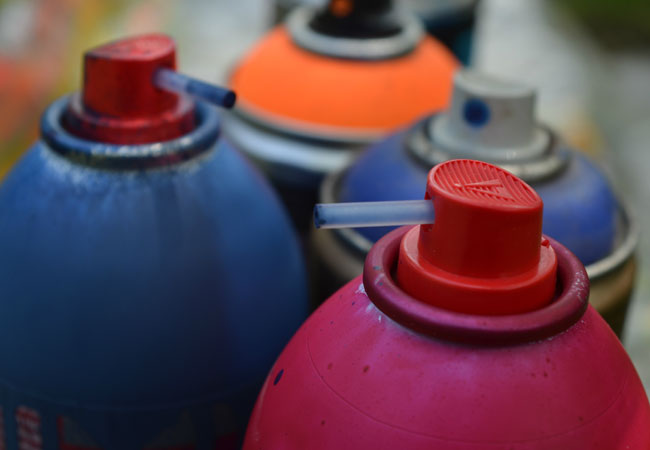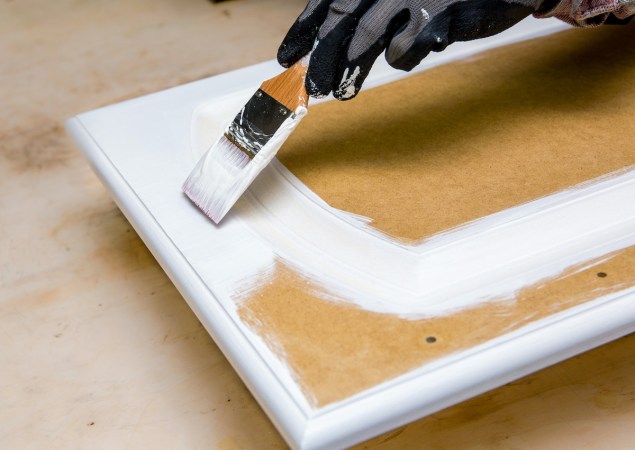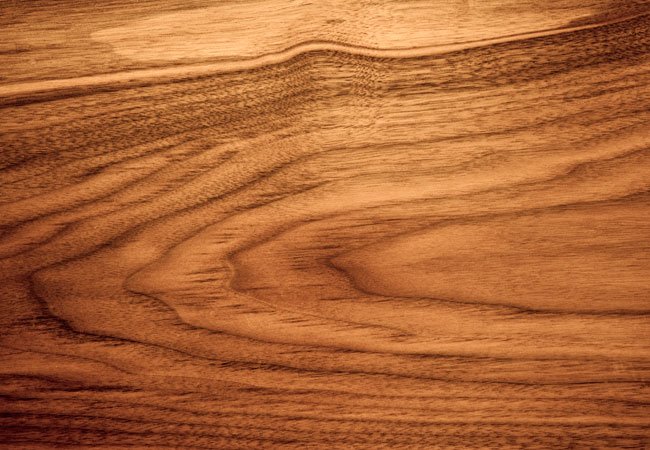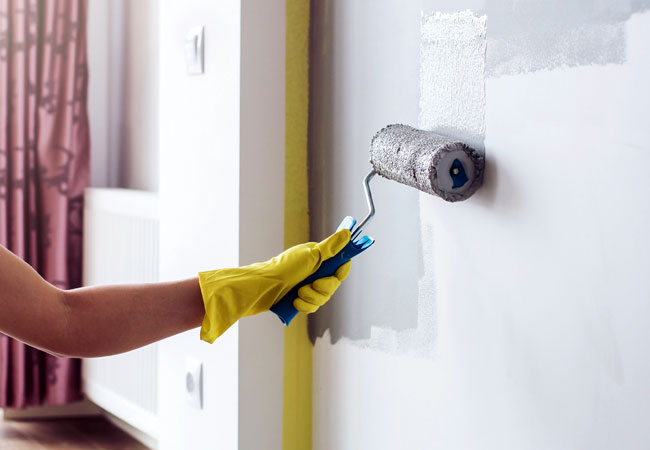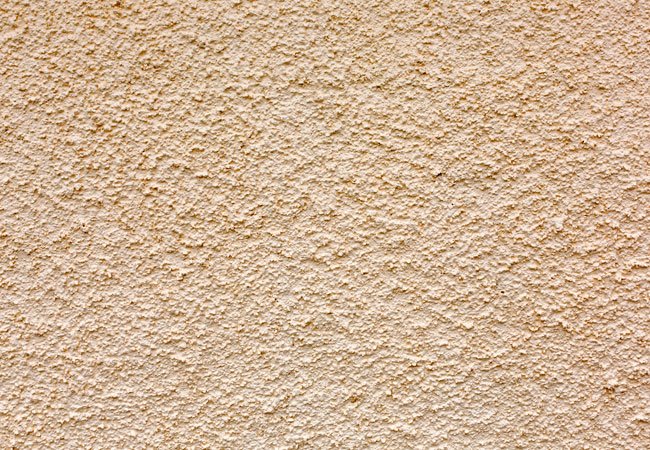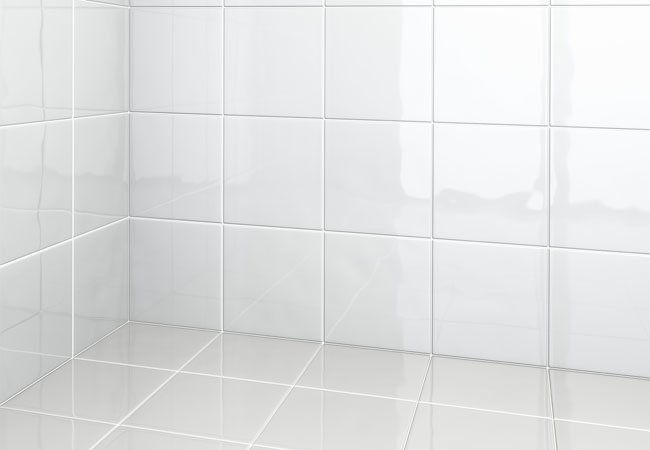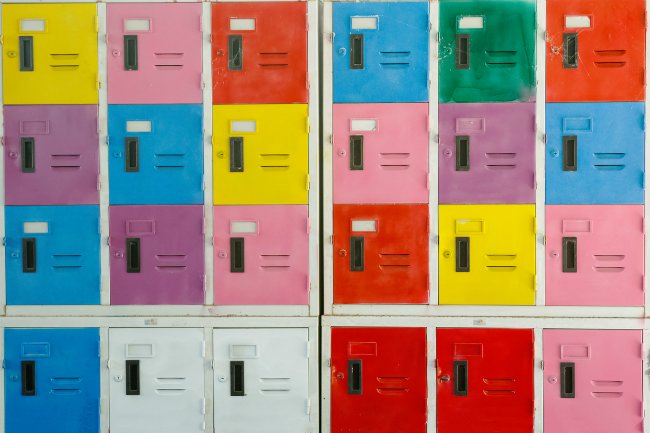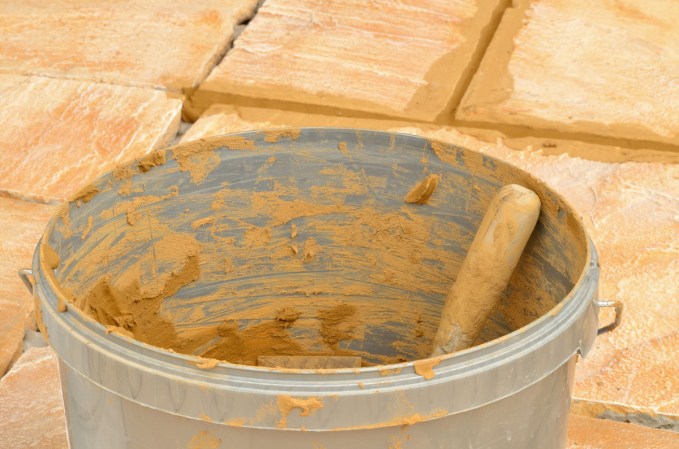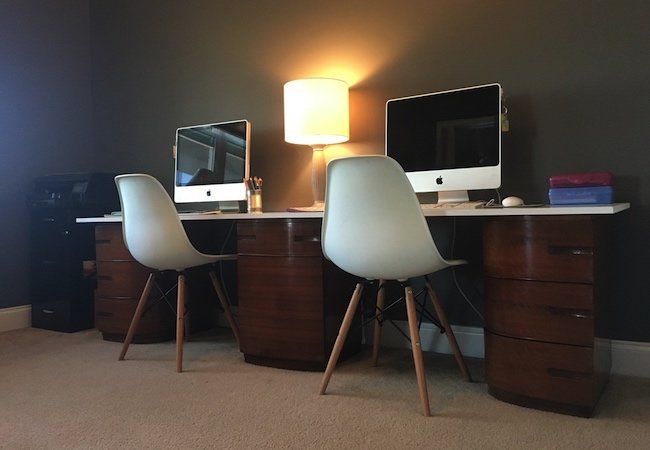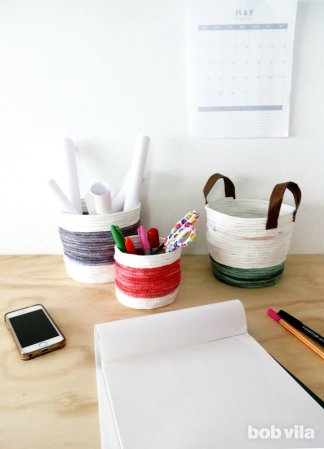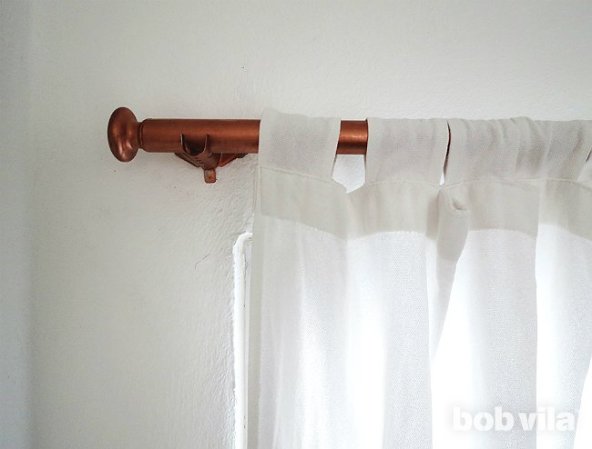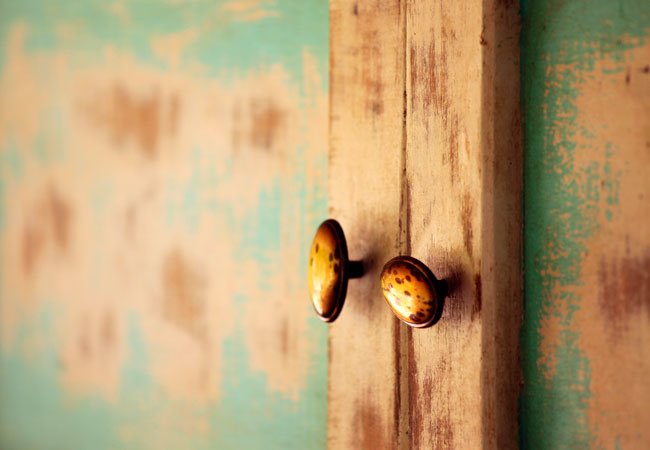We may earn revenue from the products available on this page and participate in affiliate programs. Learn More ›
Over time, your home’s walls accumulate dings, nail holes, even random spots where some not-so-temporary tape pulled away a chunk of paint. That’s when you get out the spackling compound, putty knife, and touch-up paint.
Not sure where that old can of paint went? Or, maybe you found it, but the original paint is too old to use. No matter—you can find success by obtaining a match of your old color.
Of course, that’s not the only time that knowing how to match paint can come in handy. The same process also aids homeowners who are restoring an older home to its original glory, replicating a hue seen on Pinterest, or framing an entire room’s color scheme around a color in a painting or a throw pillow. Whatever your situation, there are several ways you can match paint to your desired color. While a 100-percent match is not always possible, these tricks should get you so close to the intended shade that no one will notice any discrepancy (except maybe you).
RELATED: This Is the Worst Paint Color for Perfectionists
Before You Begin
There are a few things to know or try before you head to the paint store. Light determines how the paint color appears, and light—whether from a window or from a fixture—changes throughout the day, which can affect color matching. The type of paint you use also affects how the paint interacts with light. Matte finishes absorb more light and keeps the color looking relatively consistent, whereas glossier sheens reflect light.
If you’re renting your home, check in with your landlord to make sure you have permission to paint the property. Your rental agreement may prevent you from personalizing the space with your preferred hues. While the landlord may make an exception, be sure to get it in writing to avoid any complications if and when you eventually move out. If you’re just doing some touch-ups, though, your landlord may provide exact paint matches with paint they already have on hand.
Homeowners have much more freedom when it comes to painting the interior of their home, as they don’t require approval before jumping into the project. If you’re looking to color match paint for a touch up, dig around in the basement or garage first, because previous owners sometimes leave cans of paint behind.
The Best Ways to Match Paint
Wondering how to match paint? There are several ways to go about it. Each method has its upsides for the painter and, depending on what you’re painting, your budget, and how precise you want to be, you’re sure to find a method that works for you.
1. Cut a paint chip from the wall and bring it to your paint specialist.
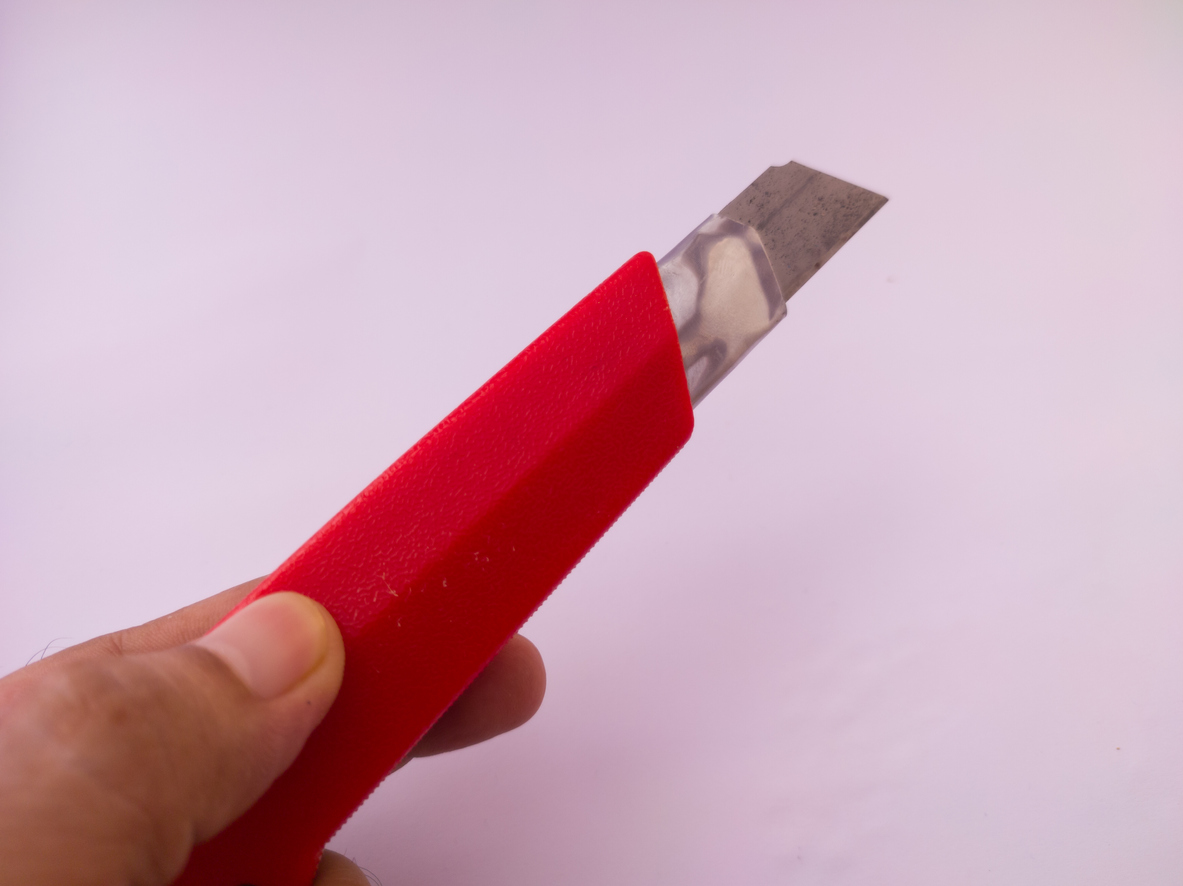
Best for: Wall touch ups and painting projects that require a color match that is as true to the source as possible.
Advantage: The spectrophotometer reads from an actual paint sample instead of a swatch, generating an objective color match.
When all else fails and you need a perfect match for a wall that’s already painted, collect a sample to take to the paint store. Paint color is different from sheen, and an overly glossy sample can affect how the color is determined, though an analyst will get fairly close using a spectrophotometer, a device that breaks down color into its various wavelengths, and then analyzes them to determine the exact combination of paint pigments needed to recreate the desired color. will still get fairly close. Thankfully, for wall paint, the sheen is usually flat, matte, or eggshell, which offer a closer match than glossier paints.
This is how to match wall paint using paint chips from the wall you wish to match:
- Using a sharp utility blade, score and remove a small square on a section of painted drywall that’s not too conspicuous. For best results, you’ll need a chip that’s at least 1 inch square.
- At the paint store, staff will use their spectrophotometer to analyze the chip and match it to their brand’s closest color. Be aware, however, that because most of the big-name paint brands do their best to avoid reproducing a trademarked color, they might not be able to create an exact match, although you should be able to get close enough to fool the untrained eye.
- Before applying the new paint, remember to patch the spot where you took the sample. Use spackle to fill in any depressions or gouges, smooth it with a scraper or dull blade, and let it dry completely before painting the wall.
2. Take fabric or thread in for professional paint color matching.
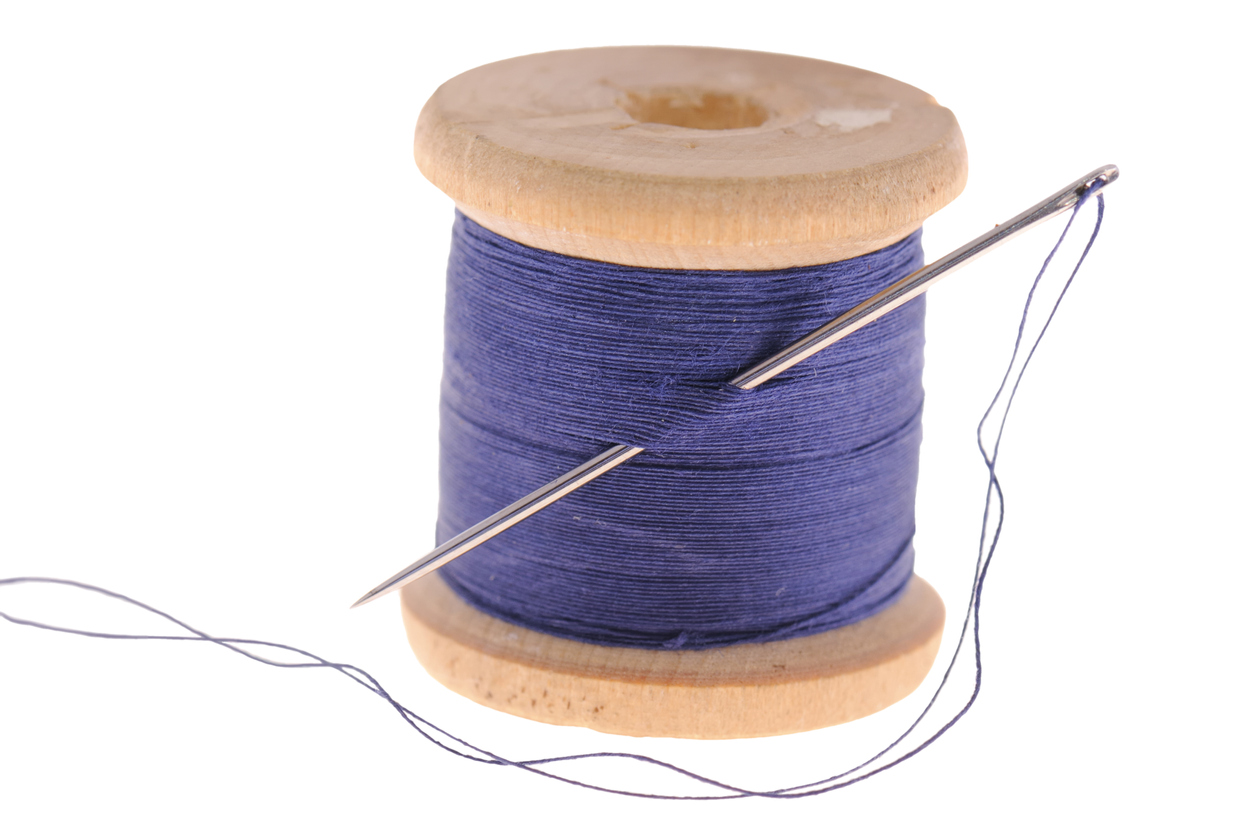
Best For: Coordinating walls or furniture to existing room accents or favorite items.
Advantage: Using a tangible item to color match removes the color variations you sometimes get from photos and computer screens.
Maybe you don’t have a sample of paint, but you do have a swatch of fabric, a spool of thread, a favorite shirt, or a throw pillow in your desired color. Just about every paint store has a spectrophotometer, so all you have to do is bring this “sample” to your paint store and let the technicians there use their color-matching wizardry to find the closest hue. Then, the technician can match the findings to the closest color of that brand’s paint.
RELATED: Buyer’s Guide: The Best Interior Paints of 2022
3. Use a color-matching tool like the Nix Mini 2.
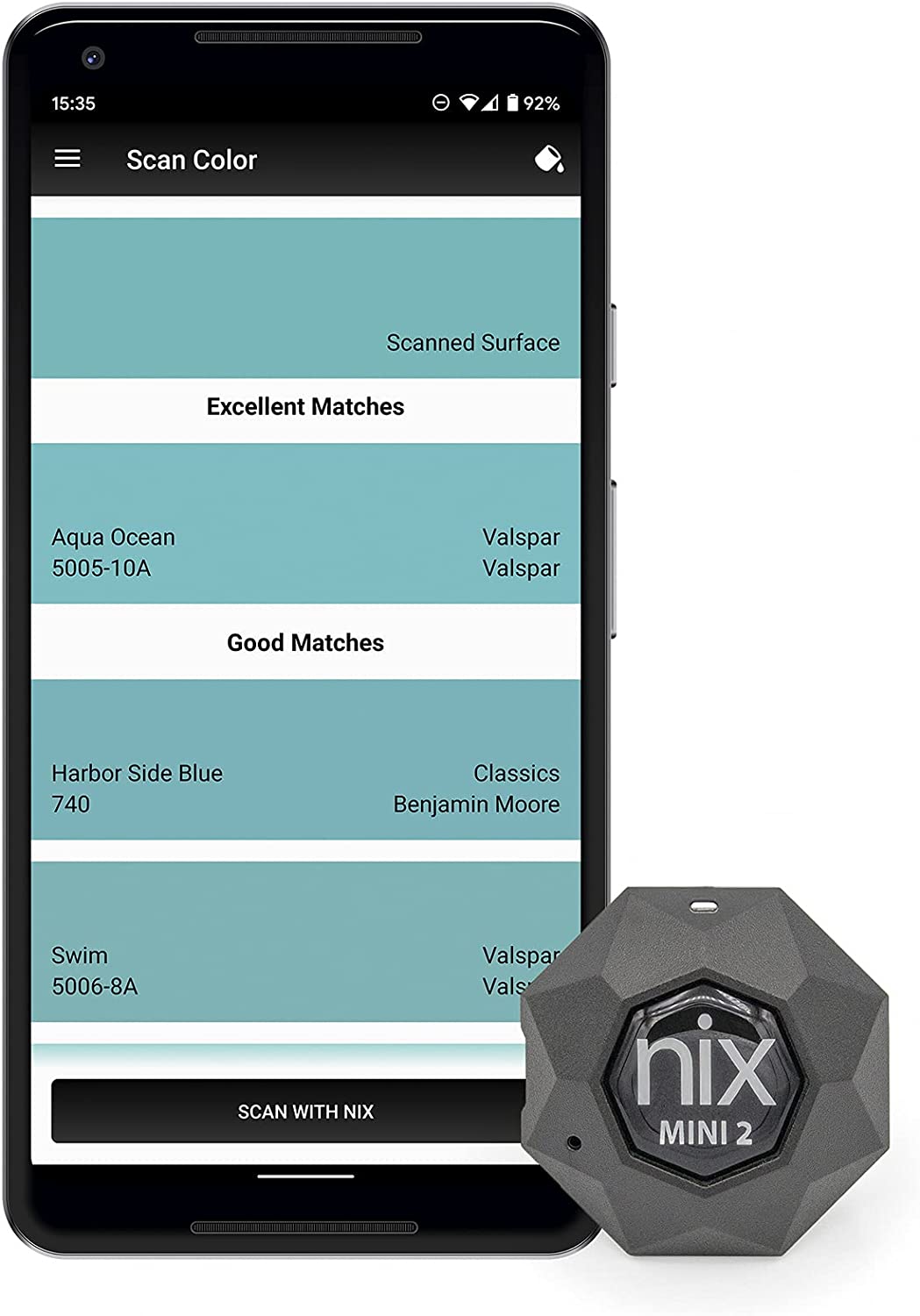
Best For: Finding a virtually true color paint match for essentially any home paint project, including touch ups.
Advantage: Provides fast and accurate color matches from any object (even stationary ones) and finds paint matches from top paint brands. It also saves the color profiles for future reference.
Once only within the budgets and skillsets of scientists, handheld color analyzers—including the Nix Mini 2, which sells for under $100—are now widely accessible and within most DIYers’ budgets. These small gadgets, which work in tandem with an app, are quick and easy to use: Press the sensor against the item whose hue you want to replicate—be that painted wall, a swatch of fabric, even a natural object, like a leaf—and the sensor does the rest. By isolating the color, it blocks all sources of external, ambient lighting (which varies throughout the day) and uses its own consistent internal light to get a precise read. Give it a minute, and you’ll get an analysis of the color’s makeup for an accurate paint match. Most of these devices, including the Nix Mini 2, also allow you to compare colors, create palettes, and browse through inspiration galleries on the gadget’s corresponding mobile app.
4. Bring home a few paint color samples.
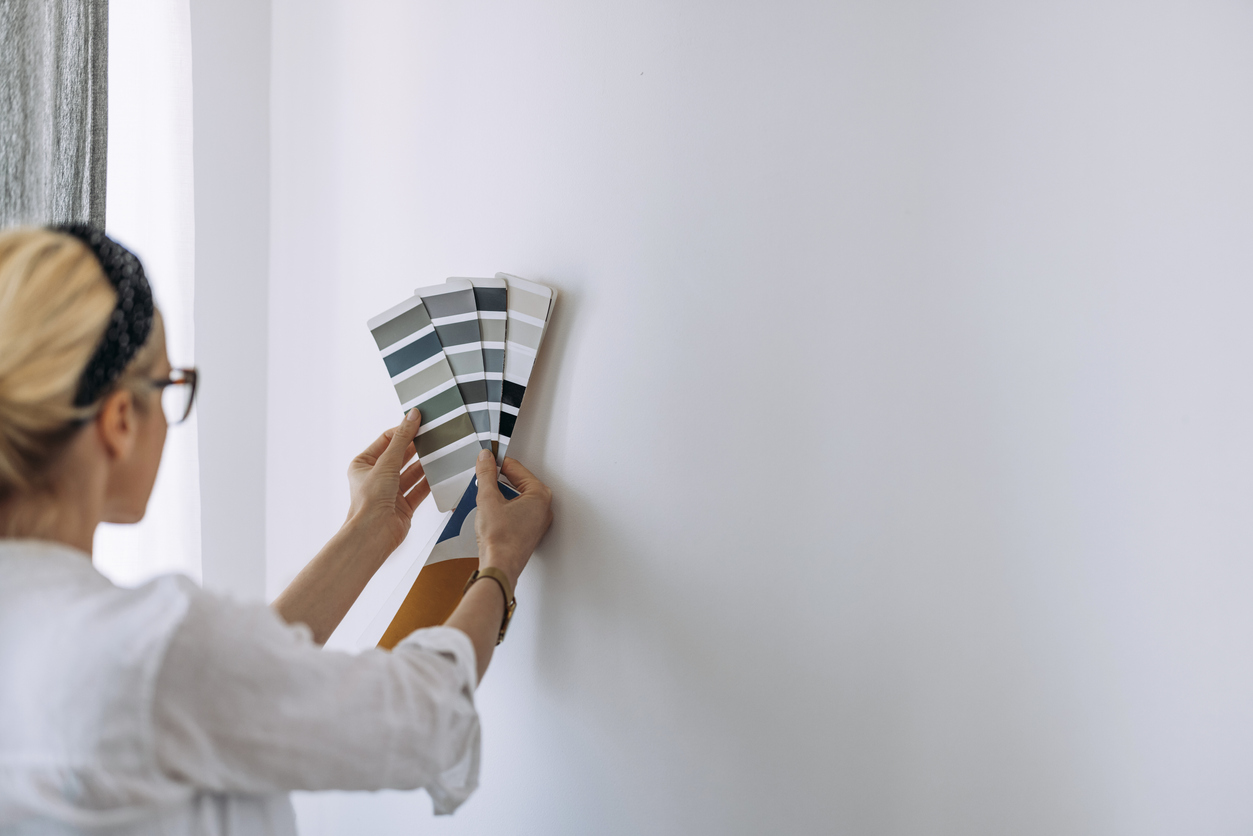
Best For: Finding a truer match for touch ups, painting walls, or furniture.
Advantage: You can tape the swatches to your wall and observe how the room’s natural light and artificial lights work with the color before buying the paint.
Want to match that pale yellow, bright blue, or stormy-sky-gray wall or furniture? Then head to your favorite paint store, and gather up a selection of paint chips close to the hue you are trying to match. Take the chips home and hang them on the surface whose color you want to duplicate, then observe in multiple lights, including daylight and lamplight. Whichever chip matches most closely is the winner.
RELATED: 8 Mistakes You’re Making at the Paint Store
5. Download a paint-matching app.

Best For: Painting an entire wall or piece of furniture by color matching digital images, other walls, or swatches. It can work well for touch-ups if you previously used the brand of paint from the app provider.
Advantage: Certain apps offer augmented reality to help you visualize the final product, choose paint swatches digitally, find complementary colors, and calculate the amount of paint you need for a project.
Many large paint companies and home improvement retailers, including The Home Depot and Sherwin-Williams, offer mobile apps to make paint matching a breeze. Each works a little differently, but the gist is the same: Download to your smartphone, snap a photo of the painted surface you want to match (in natural light, for best results), upload it to the app, and voilà! You’ll get that manufacturer’s closest colors. Bonus: You’ll even be able to preview recommended accent colors and design the perfect palette from the comforts of your own home.
6. Eyeball it.

Best For: Approximate color-matching to fabric swatches and other items, where you will be painting an entire wall or piece of furniture.
Advantage: Eyeballing a color does not require a paint specialist, high-tech equipment, or apps. It’s simple and straightforward.
If an absolute match isn’t critical, you might eyeball the paint options at the store and choose a paint swatch that seems the closest to the color you want to match. You’re, of course, unlikely to use this method when trying to match existing paint in a highly visible area—say, where your living room gallery wall used to hang—but it’s a perfectly acceptable option when you just want a color that comes close. For example, you might not need the precise robin’s egg blue you saw painted in an adorable nursery or the exact shade of navy spotted on a painted buffet via Instagram. It does make sense, however, to pick up a swatch and hang it up on your soon-to-be accent wall or piece of furniture destined for painting to make sure you’re happy with it before you start.
RELATED: Buyer’s Guide: The Best Paint Sprayers
7. Take a photo and show your paint specialist.
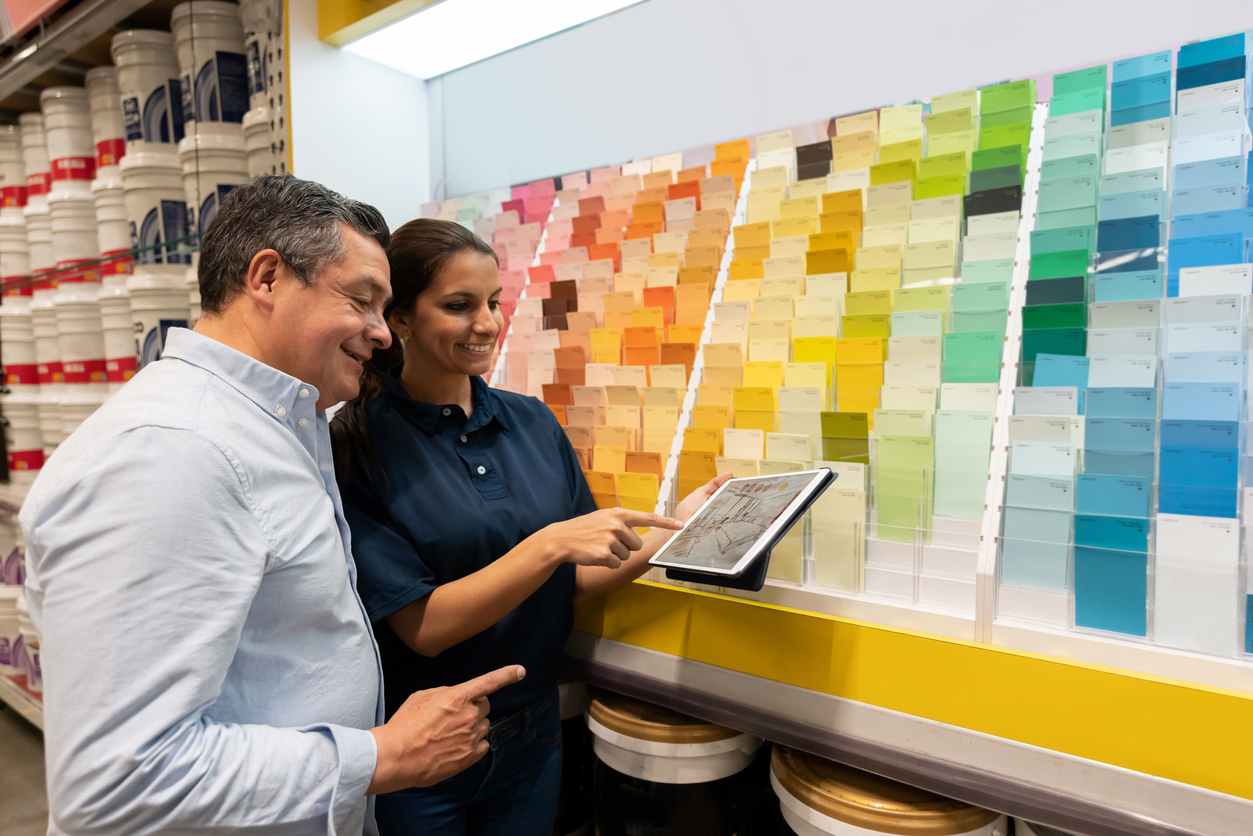
Best For: Approximate color matching for an entire wall or piece of furniture.
Advantage: Primarily ease of use for the DIYer. Most smartphones use high-definition cameras, making it simple to get a color sample of an existing wall or item without downloading an app, finding a swatch, or cutting out a piece of your existing wall.
Even without using a color app, go ahead and take a picture with your phone (again, while the object or room is illuminated with natural light) and take that photo to your favorite paint store. They’ll be able to match the color very closely with their in-store spectrophotometer. Eyeballing a shade aside, this is the option most likely to be inaccurate due to variations in color display on smartphone cameras. Still, if you’re not dead-set on a perfect match, you should get satisfactory results.
RELATED: 5 Paint Colors That Make Your House Look Dingy
Final Thoughts
The above scenarios should help you figure out how to match paint for a particular project around your home. If you want to seamlessly cover up an imperfection using an existing wall color, or get an almost-replica of an expensive brand’s color, matching paint is a brilliant way to go.
Using our recommendations, you should be able to get a fairly precise color match, even with a different brand of paint that was used previously—saving you time and money.
FAQs
Color matching paint is a bit of a science, and when done right yields results that are the same as your swatch or sample. If you still have questions about how to color match paint, you may find answers in these common queries from people just like you.
Q. How do I match paint from one brand to another?
Paint specialists and their tools, such as a spectrophotometer, can create paint colors that are essentially the same using a paint sample color from another brand.
Q. How do you match touch up paint on walls?
To match touch up paint on walls, one of the best ways is to cut out an actual paint chip sample and bring it to your paint specialist. It’s possible that even if you get the exact color match and brand of paint, touch-up jobs may still stand out. This can happen if the existing paint on the walls is old, has been exposed to sunlight, lacks a second topcoat or primer, or for other reasons. If this is the case, you may need to paint the entire wall, rather than just the touch-up area.
Q. Can you color match paint online?
Many of the leading paint brands have online or downloadable paint apps to help users match paint colors. You will need to upload a photo of the color to be matched, and the online system delivers its top results for potential color matches. You should be able to preview the results online before making your order.

